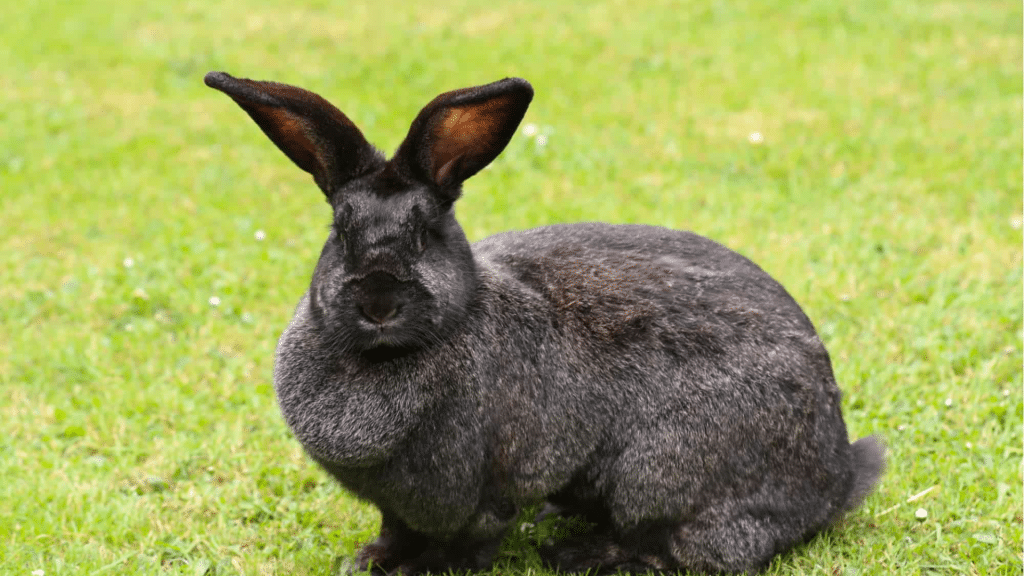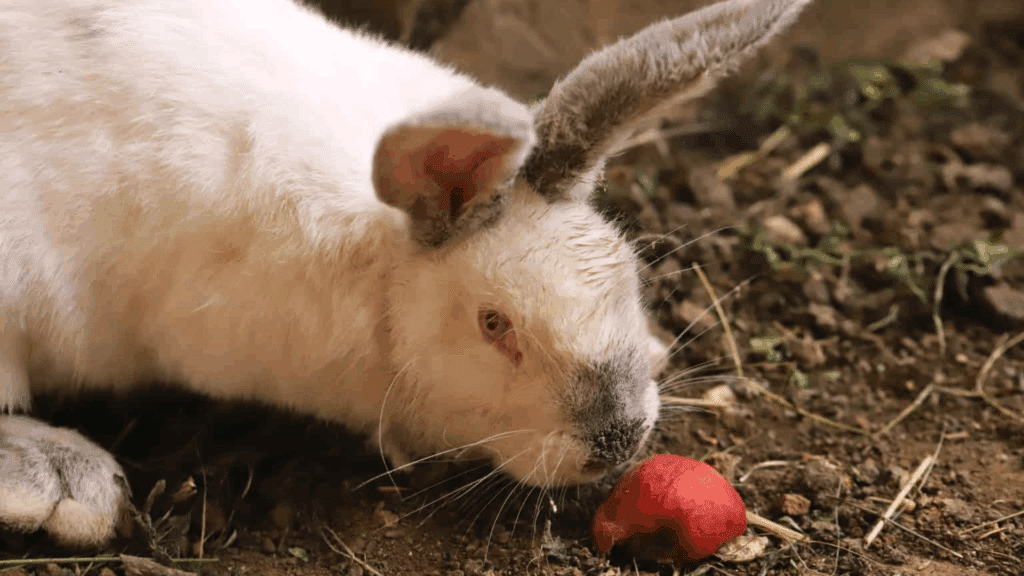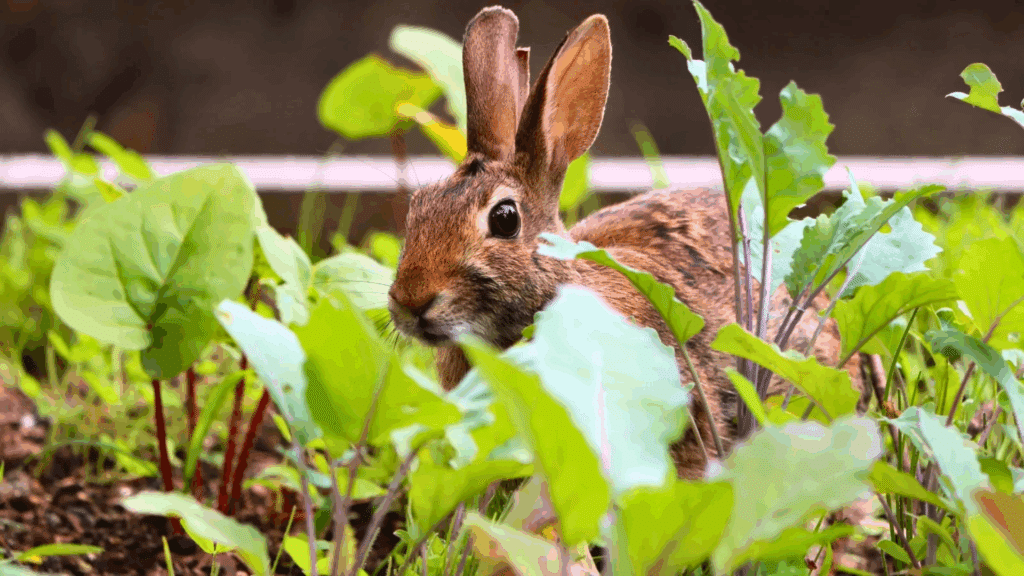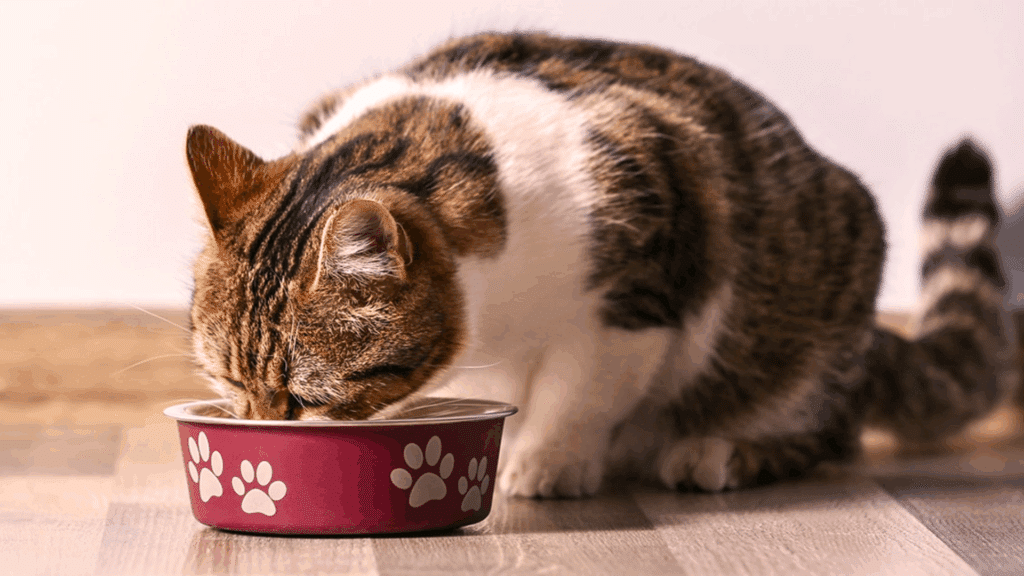The Continental Giant Rabbit is one of the largest rabbit breeds in the world.
Known for its calm nature and gentle personality, this breed has become a favorite among rabbit lovers. Despite their size, Continental Giants are friendly, easygoing, and often enjoy human company.
In this guide, you’ll learn everything you need to know about the Continental Giant Rabbit, including:
- Where the breed came from and how it developed
- What makes their size and build unique
- Common health concerns and how to prevent them
If you’re thinking about bringing one home or just curious about this impressive breed, this article will help you understand what to expect.
Let’s take a closer look at how to care for these gentle giants and keep them happy and healthy.
History and Origin of the Breed
When I first learned about the Continental Giant Rabbit, I was amazed by how far back its story goes. This breed started in Europe, mainly the UK, and came from the Flemish Giant, another large rabbit breed.
Breeders in the UK wanted a rabbit that kept the Flemish’s size but had a calmer, friendlier personality. Over time, they refined the breed, creating what we now call the Continental Giant.
You’ll often hear people refer to them as gentle giants, and that’s for a reason.
The Continental Giant Rabbit became popular not only on farms for meat and fur but also in rabbit shows because of its size and strong build.
Today, more families are keeping them as pets because of their calm nature and loyal behavior. It’s easy to see why this breed continues to stand out.
Continental Giant Rabbit Breed Standards and Physical Traits
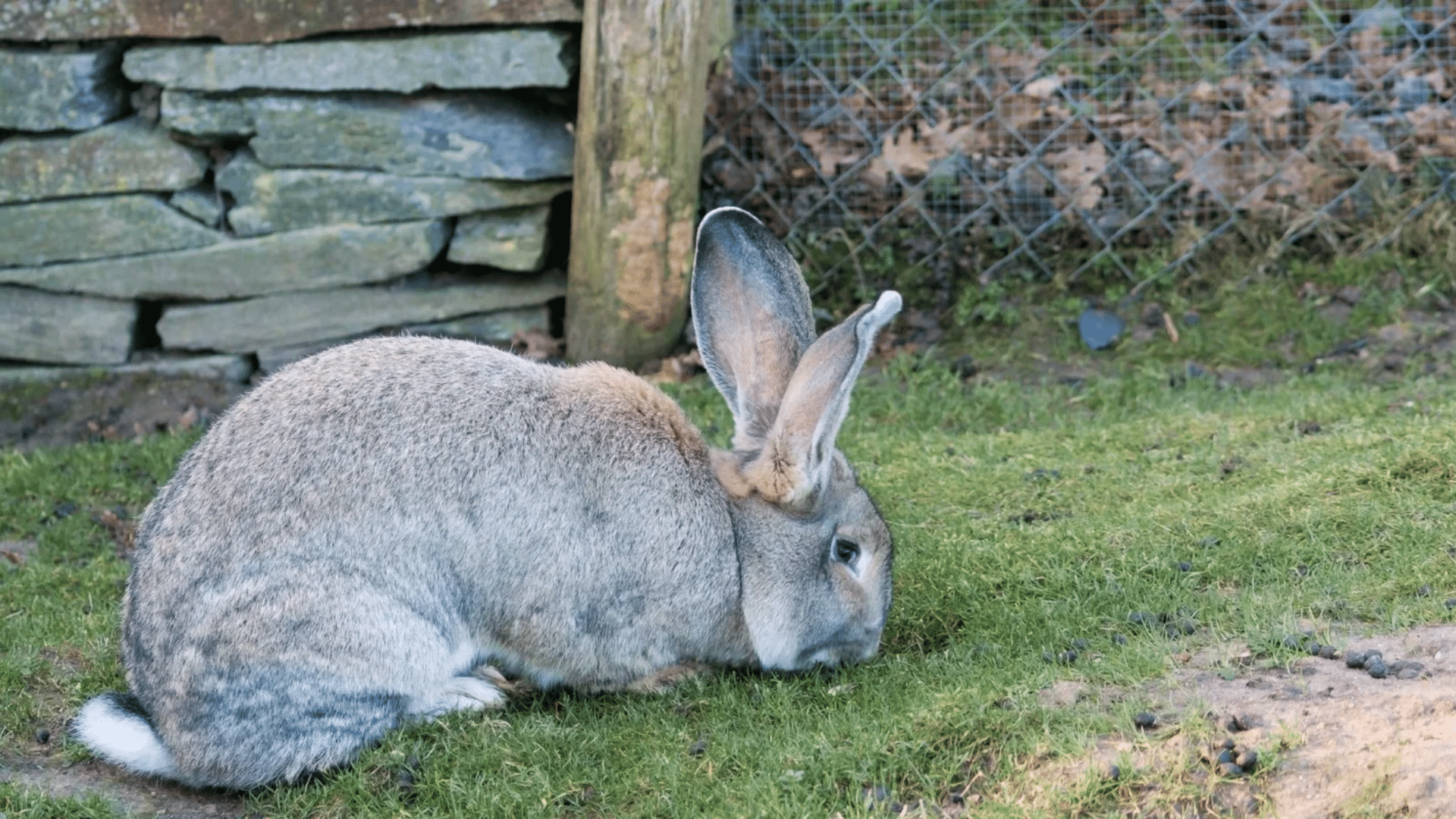
The Continental Giant Rabbit is known for its impressive size and solid build. In this section, I’ll walk you through its key features, coat colors, and what makes a true Continental Giant stand out.
1. Size and Build
When I first saw a Continental Giant Rabbit, I was surprised by its size. Adults usually weigh between 13 and 30 pounds and can reach up to 3 feet long.
They have a long, sturdy body, broad head, and strong bone structure that give them their signature look.
You’ll notice their thick hind legs and upright ears that make them look alert. If you’re new to the breed, their size alone will leave a strong impression.
2. Coat and Colors
The Continental Rabbit has a short, dense coat that feels soft but firm. You’ll find them in several recognized colors like black, blue, fawn, white, agouti, and steel gray.
Some have lighter undercoats, while others show deeper tones. When you brush them, you’ll see how even and shiny their coat stays with regular care.
Keeping their fur clean and smooth helps highlight the breed’s natural beauty and health.
3. Breed Standards
A true Continental Giant Rabbit stands out for its balanced proportions. The body should be long and powerful, not round or compact.
The head is large with a straight nose line, and the ears are broad and upright, usually about 5 to 6 inches long. Breeders look for a rabbit that appears solid but graceful.
If you plan to show your rabbit, meeting these breed standards will help it score well and reflect good breeding quality.
Temperament and Behavior
The Continental Giant Rabbit is known for its calm and friendly nature, often compared to that of a gentle dog. These rabbits enjoy being around people and bond quickly with those who treat them kindly.
They like being petted and often relax beside you once they feel safe.
During playtime, they stay curious but not overly active, preferring quiet exploration over constant movement. When handling them, support their body with both hands to keep them comfortable.
Their kind, patient temperament makes them great companions for families, especially those with enough space to let them roam.
With consistent care and gentle handling, a Continental Rabbit will show affection in its own calm, trusting way.
Housing and Space Requirements
The Continental Giant Rabbit needs a lot more room than smaller breeds to stay healthy and happy.
I recommend giving them a large, secure space, whether indoors or outdoors, where they can stretch, hop, and rest freely. Indoors, a roomy pen or rabbit-proofed area works best.
Outdoors, build a sturdy hutch with solid flooring, safe fencing, and good ventilation to protect them from predators and bad weather.
Keep their space dry, cool, and shaded, as heat can stress them easily.
Use soft bedding like straw or hay and clean it often to prevent odor and illness. Make sure they always have a separate corner for food and water.
With enough space, comfort, and care, your Continental Rabbit will stay relaxed and enjoy its surroundings year-round.
Diet and Nutrition for the Continental Giant Rabbit
The Continental Giant Rabbit has a big appetite, and a balanced diet is key to keeping it healthy and active. Their food plan should focus on fiber, freshness, and portion control.
- Fresh Hay: Hay should make up about 70–80% of their diet. It keeps digestion smooth and helps wear down teeth, which grow continuously. Timothy or meadow hay is best, and you should replace it daily to keep it clean.
- Leafy Greens: Offer a mix of safe greens like romaine lettuce, kale, spinach, and parsley every day. Rotate them to add variety and ensure a steady nutrient balance. Avoid iceberg lettuce; it has little nutritional value.
- Quality Pellets: Provide a moderate serving of high-fiber pellets, about a cup per day for adult rabbits, depending on their weight. While they need more food than smaller breeds, too many pellets can lead to obesity.
- Fresh Water: Keep clean, cool water available at all times. A heavy bowl works better than a bottle since it’s easier for large rabbits to drink from. Refill it often to avoid bacterial buildup.
- Healthy Treats: Offer small portions of fruit like apple slices or berries once or twice a week. Treats should be occasional and never replace main meals. Too many sugary snacks can cause weight gain and digestive issues.
Sample Feeding Schedule for a Continental Giant Rabbit
Feeding a Continental Giant Rabbit on a regular schedule keeps their diet balanced and prevents overeating. Below is a simple plan you can follow to meet their daily and weekly nutrition needs.
| Time of Day | Food Type | Portion / Frequency |
|---|---|---|
| Morning | Fresh Hay | Unlimited supply |
| Leafy Greens | 1–2 cups | |
| Fresh Water | Refill bowl | |
| Evening | Pellets | About 1 cup (adult rabbit) |
| Fresh Hay | Unlimited | |
| Fresh Water | Refill if needed | |
| Weekly (1–2 times) | Healthy Treats | Small portion (apple, berries, carrot) |
Tip: Keep your rabbit’s feeding routine consistent each day. Regular timing helps prevent digestive problems and keeps your Continental Giant happy and active.
Grooming and Hygiene for the Continental Rabbit
This breed needs regular grooming to stay clean and comfortable. I recommend brushing them two to three times a week to remove loose fur and prevent matting, especially during shedding seasons.
Brushing also helps you bond with your rabbit and keeps their coat shiny. You should trim their nails every four to six weeks to prevent overgrowth and discomfort.
Check their ears often for dirt or wax and gently wipe them with a soft cloth when needed.
Bathing isn’t usually required since rabbits clean themselves, and water can stress them. If absolutely necessary, use a damp cloth to spot clean instead of a full bath.
With a simple routine and gentle handling, your Continental Giant Rabbit will stay healthy and content.
Breeding and Growth
The Continental Giant Rabbit goes through steady growth stages, from tiny kits to large adults.
I’ve seen that baby rabbits, or kits, grow fast during the first few months, so they need a warm, safe nest and steady feeding from the mother.
A typical litter has six to twelve kits, and they open their eyes around ten days old. As they grow, it’s important to separate males and females to prevent early breeding.
Responsible breeders always focus on health and temperament over size, avoiding overbreeding or choosing rabbits only for their weight.
By six months, most Continental Rabbits reach near-adult size, though they keep filling out until about a year old.
With proper care and space, they grow into calm, strong rabbits that reflect good breeding and balanced development.
Continental Rabbit: Health and Common Issues
This one can stay healthy for many years with proper care and attention. Below are common health concerns, early signs to watch for, and simple steps you can take to keep your rabbit in good shape.
- Sore Hocks: This happens when their feet rub against hard surfaces. Use soft bedding and avoid wire flooring to protect their feet.
- Obesity: Overfeeding pellets or treats can lead to excess weight. Keep their diet high in hay and monitor food portions.
- Dental Problems: Teeth grow continuously, so provide hay and chew toys to help wear them down naturally.
- Digestive Issues: Signs like loss of appetite or small droppings can mean stomach trouble; see a vet right away.
- Respiratory Infections: Sneezing, nasal discharge, or noisy breathing need quick vet attention.
- Preventive Care: Schedule yearly vet visits, check their nails, ears, and teeth often, and keep their living area clean and dry. Regular checks go a long way in keeping your Continental Rabbit happy and healthy.
Cost and Commitment of Continental Rabbit
Owning a Continental Giant Rabbit is a big commitment in both time and money. From what I’ve seen, the setup costs can be high; a sturdy hutch, fencing, and bedding can easily add up.
You’ll also spend regularly on hay, pellets, and fresh greens, which cost more than food for smaller breeds.
Vet care is another important expense, as routine checkups and occasional treatments can be costly for large rabbits. These rabbits live 7 to 10 years, so long-term care is something you need to plan for.
They also need daily attention, cleaning their space, refreshing food and water, and spending time with them to keep them social.
If you’re ready for the effort and expense, a Continental Rabbit can be a rewarding, loyal companion that truly becomes part of your family.
Continental Rabbit: Training and Handling
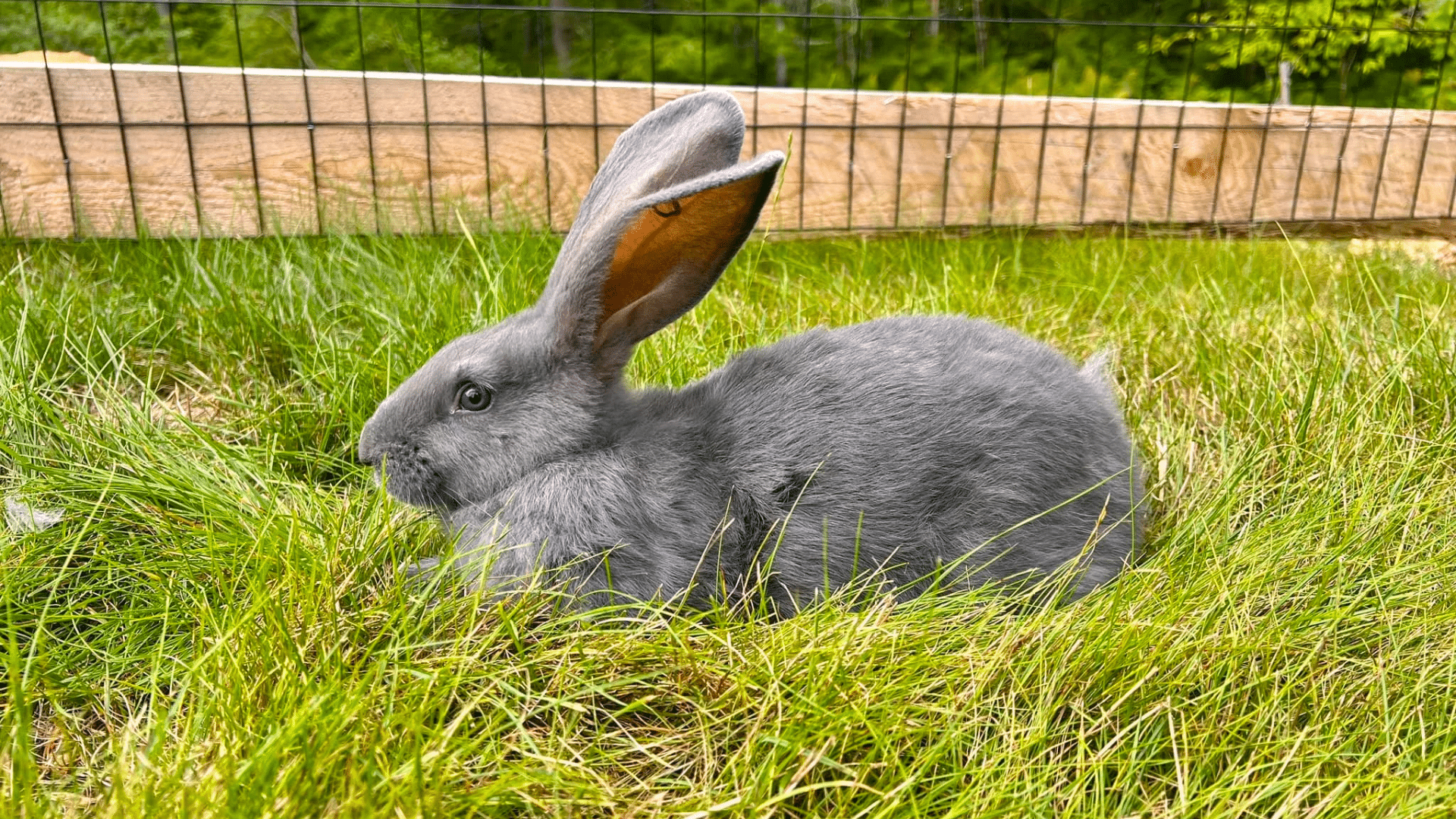
Handling and training a Continental Giant Rabbit takes time and consistency. These are some simple ways to handle them safely, teach basic habits, and build trust so your rabbit feels comfortable and secure around you.
1. Safe Handling
When I handle a Continental Giant Rabbit, I always support its chest and hindquarters to keep it steady and relaxed. You should do the same, as their large size makes them more fragile than they look.
Never lift them by the ears or scruff since that can cause serious pain or injury.
Hold them close to your body for balance and stay low to the ground in case they kick. I’ve learned that calm, slow movements help prevent fear and build confidence.
If your rabbit feels nervous, let it rest on your lap or the floor before lifting again. With time, it’ll associate your touch with safety and comfort.
2. Litter Training
I’ve noticed that Continental Rabbits can learn to use a litter box fairly quickly if you stay patient and consistent.
Place a litter box in the corner they naturally use and add hay on one side, it encourages them to eat and use the box at the same time. Clean the litter box daily to prevent odors and keep your rabbit using it.
Avoid scented litter, as it can irritate their nose. Once in routine, they rarely have accidents.
You can reward good behavior with a small treat or a gentle pet to reinforce the habit. Soon, your rabbit will know where to go, keeping its space clean and easy to maintain.
3. Trust Building
Building trust with a Continental Giant Rabbit takes time, but it’s worth the effort. I usually start by sitting quietly near mine and letting it come to me first.
Offer small treats to build trust and avoid sudden movements or loud sounds that can startle them.
I’ve learned that rabbits feel safer when you stay still and speak softly. Once your rabbit starts approaching you on its own, gently pet it behind the ears or along the back.
With patience and routine, it’ll see you as a source of comfort, making care and vet visits easier.
4. Routine Interaction
Keeping a daily routine helps your rabbit stay comfortable and confident. I make sure to handle my rabbit at the same time each day, usually during feeding or quiet playtime.
You should also keep regular hours for cleaning, feeding, and grooming. Rabbits are creatures of habit and relax when they know what’s coming next.
Check their coat, nails, and ears for issues. Gentle daily contact helps them get used to handling and builds trust.
If you have other pets, introduce them slowly during this time so your Continental Rabbit feels secure. Over time, routine interaction builds trust and reduces stress in new situations.
5. Simple Commands
I’ve seen that Continental Rabbits can learn simple commands through gentle repetition and rewards. Start by saying their name often, especially during feeding or playtime, so they associate it with good things.
When they come to you, reward them with a treat. Use the same tone and treats to teach them to come when called.
I like to keep training sessions short, just a few minutes a day, to keep their attention. Some rabbits even learn simple cues like “no” or “come here” if you stay consistent.
Positive reinforcement and patience work best. With time, your rabbit will trust your voice and respond to you.
Essential Supplies Checklist
Before bringing home a Continental Giant Rabbit, it helps to have the right setup ready. This checklist covers the basic supplies you’ll need to keep your rabbit comfortable, healthy, and well cared for from day one.
- Spacious Hutch or Pen: Choose one large enough for your rabbit to stretch, hop, and rest comfortably.
- Soft Bedding: Use hay, straw, or paper-based bedding for comfort and odor control.
- Litter Box: Pick a large, low-sided box and fill it with rabbit-safe litter.
- Food and Water Bowls: Use heavy ceramic bowls that won’t tip over easily.
- High-Quality Hay and Pellets: Keep a steady supply of timothy or meadow hay and fiber-rich pellets.
- Chew Toys: Offer safe wooden toys to help with dental health.
- Grooming Tools: A soft brush and nail clippers for regular care.
- Hideaway or Shelter: Provide a quiet space where your rabbit can relax and feel secure.
- Cleaning Supplies: Keep pet-safe cleaners for quick cage and litter box maintenance.
- Carrier: A sturdy carrier for safe travel and vet visits.
Conclusion
Caring for a Continental Giant Rabbit is a rewarding experience if you’re ready for the time, space, and effort it takes.
These gentle giants are calm, friendly, and full of personality, but they need room to move, a steady routine, and regular care.
I’ve learned that the more attention and patience you give, the more trust they’ll show in return.
Before bringing one home, take time to learn about their needs and make sure your space fits their size and lifestyle. When cared for properly, a Continental Rabbit can become a loving companion that truly feels like part of the family.
If you’re serious about owning one, start preparing today, research, plan, and give your rabbit the comfort and care it deserves.


